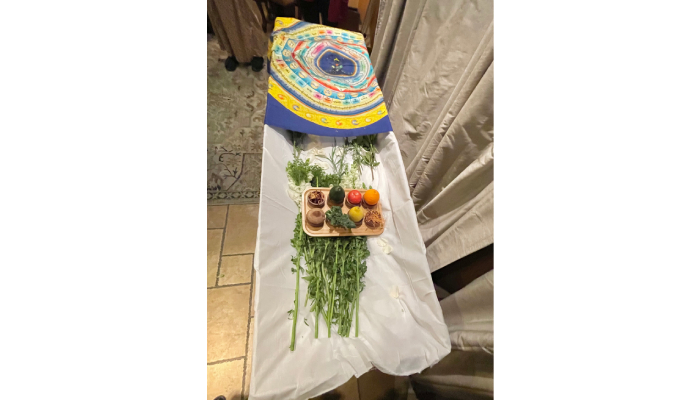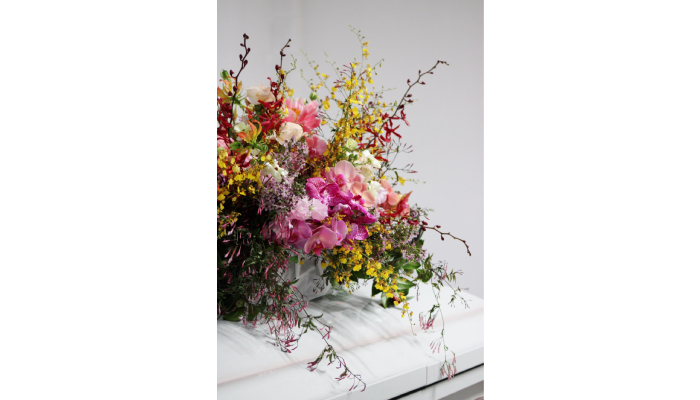
Over the last decade, funeral services have changed quite a bit. Cremation has become more common, rising from about 45% in 2014 to over 57% in 2024 in the U.S., largely because it’s often cheaper and seen as more flexible. There’s also a growing interest in eco-friendly options like natural burials without embalming and biodegradable caskets, reflecting environmental concerns. Funerals today are more personalized with unique themes, music, and keepsakes that honor individual lives. Technology plays a bigger role too: many services now include live streaming or digital memorials, especially since COVID-19 encouraged smaller gatherings and virtual attendance options.
Rise in Cremation Rates and Changing Preferences
Over the past decade, cremation has become the preferred choice for many families in the U.S., with rates increasing from about 45% in 2014 to more than 57% by 2024. This shift largely reflects changing attitudes toward death and practical concerns. Cost plays a significant role, as cremation usually costs less than traditional burial, making it a more accessible option for many. Environmental awareness also influences this trend, since cremation avoids the land use and chemical treatments involved in burials, appealing to those wanting a greener alternative. The flexibility cremation offers is another factor: families can choose when and where to hold memorial services, allowing for personalized ceremonies that fit their needs and timelines. Memorial options after cremation have expanded too, from scattering ashes in meaningful places to displaying urns or creating keepsakes like jewelry. As cultural stigma around cremation has faded, it has gained wider acceptance across different communities. Funeral Services in Los Angeles homes have responded by adjusting their services, often providing cremation-focused packages and simpler arrangements that meet the demand for straightforward and affordable options. Some states and regions have also updated regulations to better accommodate the growing number of cremation services, reflecting this ongoing change in how people honor their loved ones.

Growth of Green and Eco-Friendly Funeral Options
Over the past decade, green and eco-friendly funeral options have gained significant traction as more people seek ways to honor their loved ones while minimizing environmental impact. Natural burials, which avoid embalming fluids and use biodegradable caskets or shrouds, have become a popular choice for those wanting a simple, chemical-free return to the earth. Conservation cemeteries, which protect natural landscapes and wildlife habitats, have expanded, offering burial sites where the environment is preserved rather than altered. Traditional cremation methods have also been challenged by newer, greener alternatives like water-based and alkaline hydrolysis cremation, which produce fewer emissions and use less energy. Innovative ideas such as mushroom burial suits that speed up decomposition or coral reef memorials that create underwater habitats demonstrate how creativity is meeting sustainability in funeral practices. Younger generations, in particular, are driving demand for these eco-conscious options, reflecting broader environmental values. Funeral homes are responding by developing green packages and educating families on how to reduce carbon footprints and avoid harmful chemicals
Personalization in Funeral Services
Over the past decade, funeral services have moved away from traditional, uniform ceremonies toward highly personalized events that truly celebrate the unique life of the deceased. Families now often design custom themes that reflect the individual’s personality, hobbies, or cultural background, making each service distinct. It’s common to see personalized music playlists or video tributes integrated into services, creating a more intimate and meaningful atmosphere. Instead of holding funerals exclusively in traditional funeral homes or churches, many opt for unique venues that held significance for the person who passed away, such as a favorite park, art gallery, or community center. Keepsakes like jewelry containing ashes or specially crafted urns have become popular as tangible reminders of loved ones. Storytelling plays a bigger role too, with eulogies and narratives focusing on meaningful life stories and core values rather than just formal rites. Printed materials, memorial books, and guest participation are often tailored to involve attendees and share memories. Some families even incorporate favorite foods, hobbies, or symbolic gestures into the service to honor the deceased in a personal way. Interactive elements such as memory sharing sessions or digital guest books help engage those present and allow for ongoing connection. Funeral providers have responded by offering more flexible service options to accommodate these personalized requests, recognizing the importance of honoring each life in a way that feels authentic and heartfelt.
Digital and Virtual Innovations in Funerals
Over the last decade, digital technology has reshaped how people honor and remember their loved ones. Online obituary pages have become a standard part of funeral services, allowing extended friends and family networks to share memories and pay respects regardless of distance. The COVID-19 pandemic accelerated the rise of live streaming funerals, making virtual attendance widely accepted and still popular today for those who cannot be physically present. Funeral homes often offer webcast services and online guest books, which let attendees sign condolences and leave messages in real time.
Social media platforms now serve as ongoing memorial spaces where people can continue sharing stories, photos, and condolences long after the service has ended. Digital tributes have expanded to include video montages, photo galleries, and personalized music playlists accessible online, creating a richer, more interactive experience. Virtual funerals break down geographic and health barriers, enabling participation from anywhere in the world, which has proved invaluable for families separated by distance or illness.
Increase in Direct and Immediate Disposition Services
Over the past decade, direct cremation and immediate burial services have gained significant popularity among families looking for simpler, more affordable options. These services typically skip traditional ceremonies and viewings, focusing solely on the disposition of the body without the added costs or logistical challenges of a full funeral. Funeral providers have responded by offering clear package deals designed for consumers who want straightforward arrangements, often including fixed pricing and online planning tools for convenience. Many people choose direct disposition because it allows for private or informal memorials at a later time, giving families flexibility in how they grieve and honor their loved ones. The rise in cremation rates has played a major role in expanding these options, as cremation itself offers more flexibility and often lower costs than traditional burial. Additionally, some families prefer direct disposition to avoid delays and complicated planning during emotionally difficult moments. The simplicity of these services also became more relevant during health crises when large gatherings were restricted, making smaller or no immediate services more practical. This shift aligns with changing consumer values that prioritize affordability, transparency, and ease, prompting updates in regulations to ensure clear communication and consumer protection within these service models.
Technology Use in Funeral Home Operations
Funeral homes have embraced technology to make their services more accessible and efficient. Online platforms now allow families to arrange services and view pricing clearly without needing to visit in person. Virtual consultations with funeral directors have become common, offering convenience especially for those who cannot travel. 3D printing has introduced new possibilities, such as crafting personalized caskets and memorial items that reflect the individuality of the deceased. Multimedia presentations, including slideshows and videos, are regularly incorporated into services to create a more meaningful tribute. Behind the scenes, digital record-keeping and management tools help funeral homes streamline operations and maintain better communication with clients. Online payment systems and electronic contracts reduce paperwork, making transactions smoother and faster. Social media and online advertising enable funeral homes to connect with younger and broader audiences while also supporting eco-friendly goals by cutting down on paper use. Some providers are even exploring virtual reality to offer immersive memorial experiences and assist families in planning. To keep up with these changes, staff training increasingly focuses on mastering new technologies, ensuring funeral homes meet modern expectations and provide thoughtful, tech-savvy care.
Cultural Diversity and Inclusion in Funerals
Funeral services have increasingly adapted to reflect the cultural diversity of the communities they serve. Funeral homes now offer expanded options to honor a wide range of religious, spiritual, and cultural traditions, ensuring families feel respected and supported during difficult times. Staff training in cultural competence has become standard practice, equipping funeral professionals to navigate different customs with sensitivity and care. Hybrid ceremonies that blend traditional rituals with modern elements are more common, allowing families to create meaningful services that honor heritage while embracing contemporary preferences. Multilingual materials and interpreters help break down language barriers, making the planning process smoother for diverse populations. Providers engage with religious leaders and cultural advisors to ensure ceremonies are conducted properly, respecting specific grieving customs that influence timing and service design. Personalized touches such as culturally significant food and music often play a central role, reflecting the deceased’s background and values. Outreach efforts to minority and immigrant communities have increased, aiming to address unique needs and foster inclusivity. Memorial spaces are also evolving to be more welcoming to families from different faiths and beliefs, offering flexible options that honor various traditions. At the industry level, advocacy for equity and diversity continues to promote accessible and representative funeral services for all.